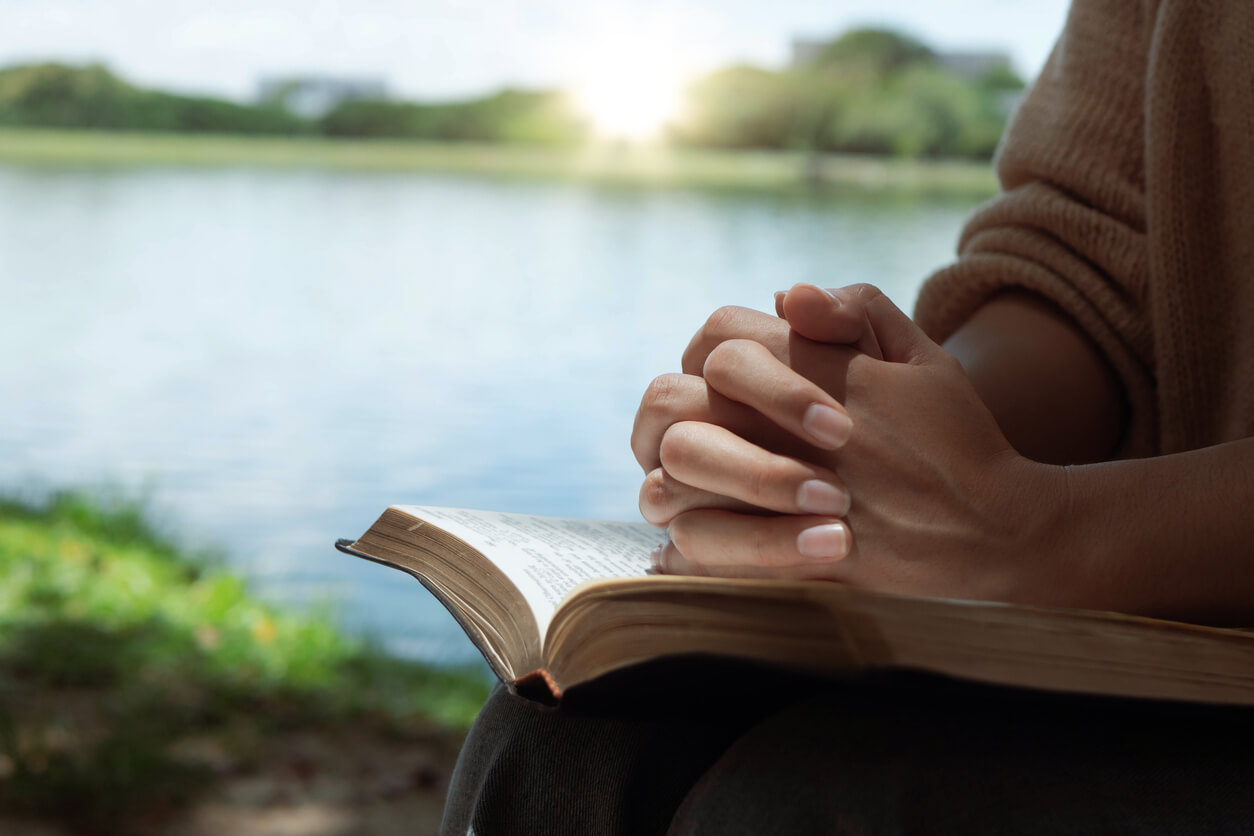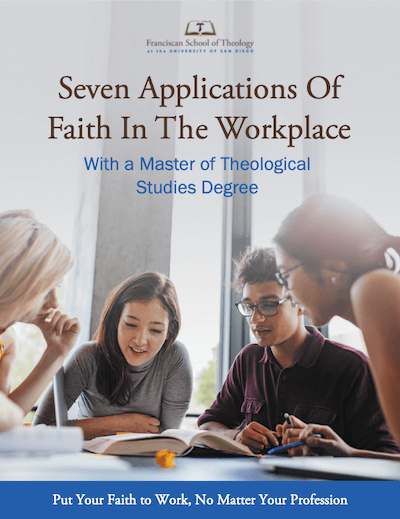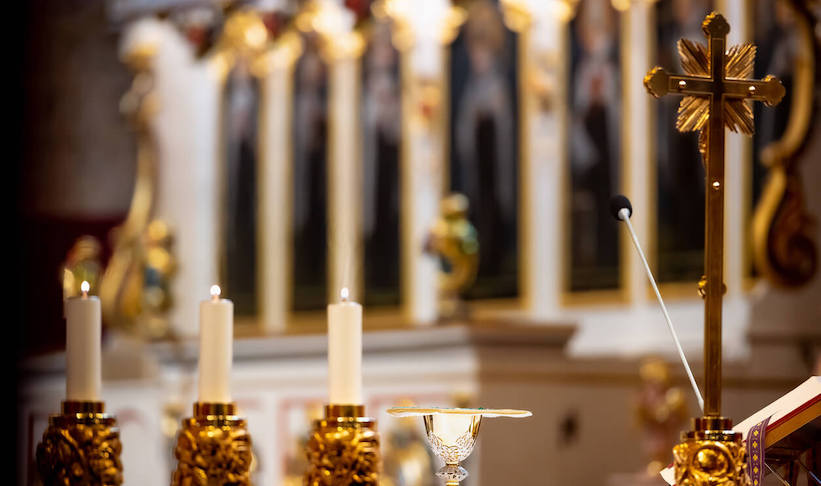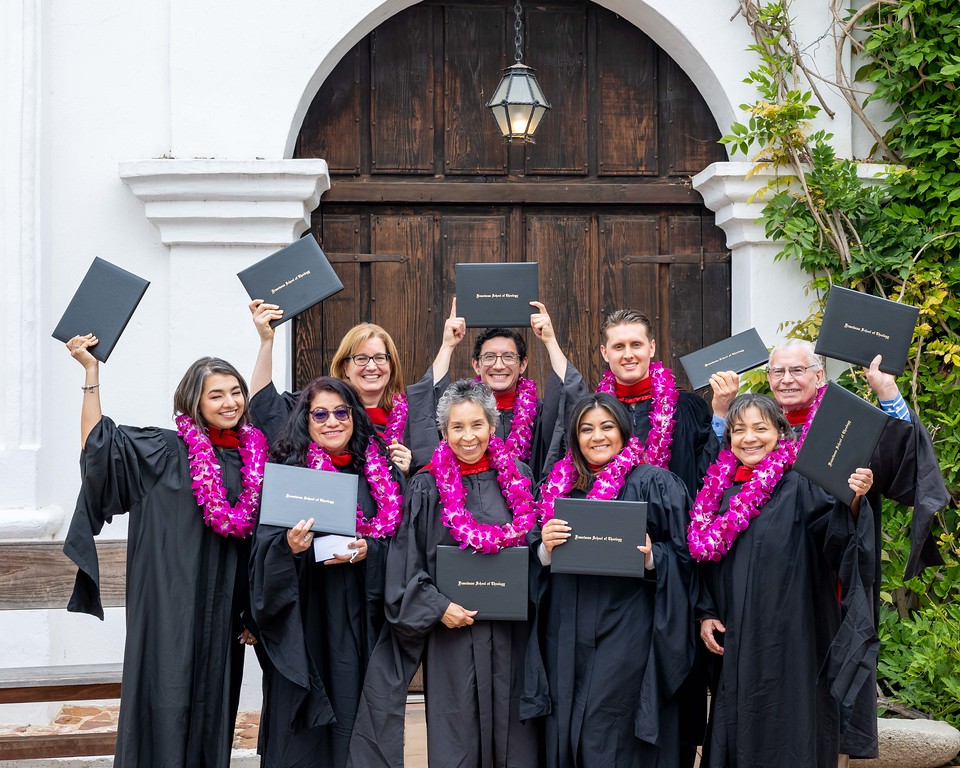Throughout history, Christians have sought ways to make prayer a regular part of daily life. One of the most ancient and beautiful traditions of the Church is the Liturgy of the Hours, a structured rhythm of prayer that sanctifies each part of the day. While often associated with clergy and religious communities, this practice is open to all the faithful, offering a way to step into the continuous prayer of the Church.
What Is the Liturgy of the Hours?
“The hymns and litanies of the Liturgy of the Hours integrate the prayer of the psalms into the age of the Church, expressing the symbolism of the time of day, the liturgical season, or the feast being celebrated. Moreover, the reading from the Word of God at each Hour (with the subsequent responses or troparia) and readings from the Fathers and spiritual masters at certain Hours, reveal more deeply the meaning of the mystery being celebrated, assist in understanding the psalms, and prepare for silent prayer.”
The Liturgy of the Hours, also known as the Divine Office or the Work of God (Opus Dei), is the daily prayer of the Church. Rooted in Scripture and ancient Christian tradition, it sanctifies the day through prayer at specific times, marking the rhythm of daily life with worship. This prayer consists of psalms, hymns, readings from Sacred Scripture, and reflections from the Church Fathers and spiritual masters.
The Liturgy of the Hours is more than a simple recitation of prayers; it is a meditative dialogue on the mystery of Christ that unfolds throughout the day. Each Hour is enriched with symbolic meaning, reflecting the time of day, the liturgical season, or the feast being celebrated. The Psalms are central to this prayer and express the full range of human emotion — joy, lament, hope, and praise — leading those who recite them to join in the ceaseless prayer of Christ and the Church.
Traditionally prayed by clergy, monks, and the consecrated religious, the Liturgy of the Hours is also strongly encouraged for the laity. The Church calls all the faithful to participate, either in community or individually, as a way of deepening their spiritual connection. The Divine Office follows a four-week cycle and includes special prayers for feast days, offering a perpetual encounter of God in daily life.
History of the Liturgy of the Hours
The origins of the Liturgy of the Hours can be traced back to the Jewish tradition, where the Psalms were prayed at fixed times throughout the day. This practice was carried into the early Christian Church, as the first followers of Christ, many of whom were Jewish, continued to pray at set hours. Over time, as monasticism grew, daily prayer became a defining feature of Christian life, with various traditions emerging around it.
A significant development in the Liturgy of the Hours came in the sixth century through St. Benedict of Nursia. In The Rule of St. Benedict, he instructed his monks to pray all 150 Psalms within a week, establishing a disciplined rhythm of prayer that emphasized regular engagement with Scripture and integration of prayer into daily work. His influence led to the Divine Office becoming the central prayer of monastic life, which shaped Christian spirituality for centuries.
In the 13th century, St. Francis and the early Franciscans adapted the Divine Office to make it more accessible for itinerant friars who traveled and preached rather than living in monasteries. Their simplified version enabled them to remain faithful to regular prayer while embracing their active, evangelical mission.
A major revision came with the Second Vatican Council in the 1960s. The Church sought to encourage broader participation in the Divine Office by making it more practical for clergy and laypeople alike. This led to a restructuring of the traditional monastic schedule, expanding the cycle from one week to four weeks, so that all 150 Psalms are now prayed over the course of a month. These reforms also emphasized public prayer, inviting all members of the Church to take part in the sanctification of time through the Liturgy of the Hours.
Why Pray the Liturgy of the Hours?
At its core, the Liturgy of the Hours is an act of praise to our Creator, joining the entire Church — on earth and in heaven — in unceasing worship. It fulfills St. Paul’s exhortation to “pray without ceasing” (1 Thessalonians 5:16-18), providing a sacred rhythm that transforms each day into an ongoing conversation with God.
Through hymns, psalms, and readings, the Liturgy of the Hours marks time with meaning. Each Hour reflects the symbolism of the time of day, the liturgical season, or the feast being celebrated. Morning Prayer (Lauds), for example, welcomes the new day with praise and renewal, while Evening Prayer (Vespers) offers thanksgiving as the day draws to a close.
The Scripture readings and reflections from the Church Fathers and spiritual masters at certain Hours help reveal the deeper meanings of the mysteries we celebrate, help us understand the Psalms, and prepare our hearts for silent prayer. By engaging with God’s Word daily, we learn to see the world, our neighbors, and even ourselves as God sees us.
Whether we pray alone or in community, the Liturgy of the Hours transforms everyday life into a continual offering of praise, immersing us in the life of the Church and deepening our awareness of God’s presence throughout the day.
What Are the Five Hours of the Divine Office?
The Liturgy of the Hours is organized around five main periods of prayer, each with its own spiritual focus and scriptural themes. Every Hour includes selections from the Psalms, a reading from Scripture or spiritual reflections, and other prayers that help sanctify the day. These prayers are not simply personal devotions but acts of worship uniting the Church in a continuous offering of praise to God.
1. Office of Readings (Officium Lectionis, formerly Matins)
The Office of Readings is the longest Hour and is unique in that it can be prayed at any time of day. Originally a nighttime vigil prayer, it provides an extended period of meditation on Sacred Scripture and the writings of the Church Fathers and spiritual masters. The readings deepen our understanding of the mysteries of faith and help prepare our hearts for silent contemplation.
2. Morning Prayer (Lauds) – The Hour of Praise
Morning Prayer is one of the two most important (or “hinge”) Hours of the Divine Office. We pray it at the start of the day to sanctify the morning and recall the resurrection of Christ. The theme of Lauds is praise, reflecting the freshness of a new day and the renewed mercies of God. This Hour includes the Canticle of Zechariah (Benedictus, Luke 1:68-79), a hymn of thanksgiving and prophecy, which acts as a meditative extension of the Scripture reading. Morning Prayer also includes intercessions that flow from the scriptural proclamation, offering prayers for the needs of the Church and the world.
3. Daytime Prayer – The Hour of Reflection
Daytime Prayer consists of three possible times:
- Midmorning (Terce)
- Midday (Sext)
- Midafternoon (None)
We may recite these prayers during breaks in work or private devotion to help us maintain awareness of God’s presence throughout the day. Although the specific Psalms vary, all three offices share a similar structure and remind us that every moment of the day belongs to God.
4. Evening Prayer (Vespers) – The Hour of Thanksgiving
Evening Prayer is the second “hinge” Hour and is considered one of the most important prayers of the Church. We pray it as the day draws to a close, offering thanksgiving for the blessings we’ve received and reflecting on the work we’ve completed. Vespers is sometimes understood as a fulfillment of the evening sacrifice entrusted to the apostles at the Last Supper (Psalm 141:2).
This Hour includes the Canticle of Mary (Magnificat, Luke 1:46-55), Mary’s song of joy and humility. Like the Benedictus in Morning Prayer, the Magnificat serves as a meditative response to the Scripture reading, emphasizing God’s faithfulness and mercy. Evening Prayer also includes intercessions, presenting the needs of the Church and the world before God.
5. Night Prayer (Compline) – The Hour of Rest
Night Prayer is the final prayer of the day, which we say before retiring, even if it is after midnight. It is a peaceful and reflective prayer, placing trust in God’s protection through the night. The Psalms chosen for Compline are full of confidence in the Lord, often expressing themes of surrender, security, and rest. This Hour concludes with a short hymn or Marian antiphon, such as the Salve Regina, entrusting the faithful into the care of the Blessed Mother.
How to Pray the Liturgy of the Hours
While the exact practice varies among religious communities, the structure of the Liturgy of Hours remains consistent. Priests in the Roman Catholic Church are required by canon law to pray the full Liturgy of the Hours daily, while deacons must pray Morning and Evening Prayer. Franciscan friars and sisters, committed to a life of prayer and fraternity, pray the Divine Office together in community at least twice daily, often three times, in addition to personal prayer and the Eucharist.
Though it may seem complex at first, the rhythm of the Divine Office becomes natural with practice. Each Hour takes about 15–20 minutes and follows the same basic format:
- Opening: Begins with “O God, come to my assistance. Lord, make haste to help me” (Psalm 69:2 / 70:2). If the Hour begins with the Invitatory (the first prayer of the day), this verse is omitted.
- Hymn: A hymn appropriate to the liturgical season or feast day sets the tone of prayer.
- Psalmody: Three psalms (or parts of psalms) are recited, framed by an antiphon. The psalms express various human emotions — praise, thanksgiving, lament, and petition. Each psalm concludes with the doxology (“Glory be to the Father, and to the Son…”).
- Scripture Reading: A passage from Sacred Scripture follows. If it is short, it is called a chapter (capitulum); if longer, it is a lesson (lectio).
- Versicle: A short response or refrain to the reading.
- Oration (Closing Prayer): The official prayer of the Hour, typically related to the themes of the psalms or readings.
- Concluding Versicle: The prayer concludes with a blessing or a final short verse of praise.
Additional elements, such as Gospel canticles (Benedictus at Lauds, Magnificat at Vespers), intercessions, and final blessings, are included depending on the specific Hour.
The beauty of the Liturgy of the Hours is that it is not meant to be rushed. Each moment is an opportunity to pause and encounter God through His Word and wisdom and should take as much time as necessary.
Can Lay People Pray the Liturgy of the Hours? [ + Lay Alternatives]
While the Liturgy of the Hours is required for priests and religious, laypeople are strongly encouraged to participate as well. The Second Vatican Council exhorted the Christian laity to take up this ancient form of prayer, recognizing its power to sanctify daily life and unite all the faithful in one voice of praise to God. Many lay Catholics have incorporated portions of the Divine Office into their daily routines, whether individually, with family, or in small faith communities.
Secular Franciscans, for example, integrate the Liturgy of the Hours into their spiritual practice at home. Following The Rule of the Secular Franciscan Order, they begin each day with praise and conclude with thanksgiving, mirroring the Church’s rhythm of prayer. This commitment to structured prayer reflects their Franciscan charism — living in imitation of Christ through a life of contemplation and devotion. Inspired by Mary’s openness to God’s Word, Secular Franciscans embrace the Divine Office as a means of self-giving and deepening their relationship with Christ.
If committing to the full Liturgy of the Hours feels overwhelming, consider incorporating shorter periods of prayer into your day:
- During a lunch break – A moment to pause and reconnect with God during your workday.
- On a daily walk – Reflect on the Psalms while immersed in nature.
- At bedtime – Conclude the day with Night Prayer (Compline), entrusting yourself to God’s care.
- When you wake up – Begin the morning with Lauds, offering the day to God.
- Before or after meals – Use a short Psalm or hymn to sanctify your time of nourishment.
To further support lay participation, digital tools, such as the iBreviary app, make it easy to access and pray each Hour from anywhere. Whether using a physical breviary or an app, engaging in the Liturgy of the Hours is a profound way to unite your daily life with the rhythm of the Church’s prayer.
For those new to the Divine Office or looking for simplified options, several accessible alternatives exist:
- Daily Prayer Book – Provides short prayers for different times of the day.
- Morning and Evening Prayer Book – Abridged versions of Lauds and Vespers, commonly used by Secular Franciscans at home.
- The Little Office of the Blessed Virgin Mary – A Marian-centered version of the Divine Office, traditionally prayed by laypeople and religious.
- The Office of the Passion – A collection of prayers composed by St. Francis of Assisi, centered on Christ’s suffering and love.
If you feel drawn to a deeper exploration of Catholic theology and Franciscan spirituality, the online Master of Theological Studies – Franciscan Theology (MTS-FT) program from the Franciscan School of Theology (in partnership with USD) provides a deep academic examination of faith. This program invites students to engage in the study of Scripture, Church history, and theology through a Franciscan lens, preparing them for careers in ministry, education, and service.
Explore the MTS-FT program to enrich your theological and spiritual journey.





